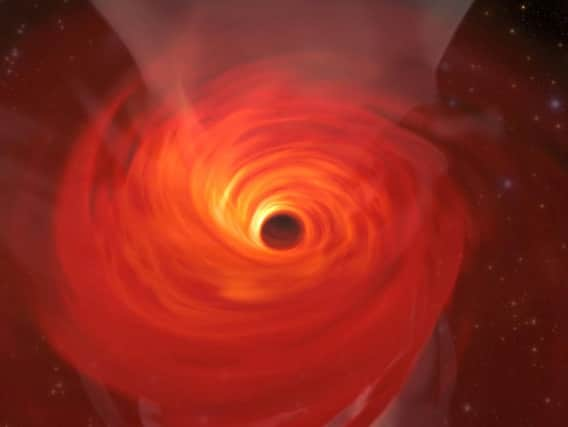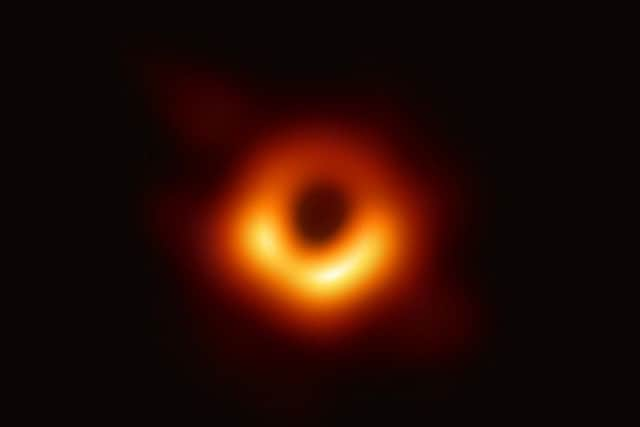UClan scientist helps identify black hole 55 million light-years from Earth


Scientists from the Event Horizon Telescope Collaboration have unveiled the first ever photographs of a black hole.
The EHT is the result of years of collaboration.
It is a global network of telescopes that has been attempting to capture the first photograph of the tiny astronomical objects which have been impossible to directly observe until now.


Advertisement
Hide AdAdvertisement
Hide AdIn their bid scientists combined the power of radio telescopes around the world effectively creating a virtual telescope around the same size as the Earth
Thirteen partner institutions worked together to create the EHT, Key funding was provided by the US National Science Foundation (NSF), the EU’s European Research Council (ERC), and funding agencies in East Asia.
UCLan helps to finance the running of the James Clerk Maxwell Telescope (JCMT), while the university’s Professor Derek Ward-Thompson analysed the JCMT’s resulting data to help confirm the ground-breaking astronomical breakthrough.
He said: “This is a truly remarkable result.
"Obtaining an image of a black hole is not as easy as snapping a photo with an ordinary camera. However, the power created by linking up all these telescopes around the world is immense.
Advertisement
Hide AdAdvertisement
Hide Ad"It’s the equivalent of being able to see an object on the surface of the Moon that is only a few centimetres across.”
Professor Ward-Thompson added: “Until now, this was the domain of science fiction and artist’s impressions. To be a part of the first team to image a black hole is an amazing feeling. This achievement stands right up there with any other feat in astronomy.”
“